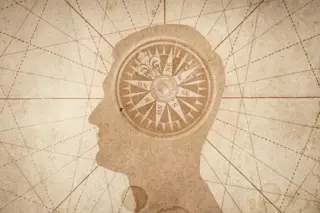The human brain contains 'maps' of the human body - a feature known as somatotopy. For instance, in the brain region responsible for processing touch sensations, the neurons which respond to touches to the feet are located near the neurons that receive input from the legs, and so on - the layout of the body is mirrored in the corresponding parts of the brain.
Sensory map of the body in the brain somatosensory cortex. From Wikipedia
But where do these maps come from? Are they an innate part of the brain's organization, or do they form as a result of our experience of the world?
A study published in PNAS a few days ago offers evidence that brain maps are present very early in life. Michael J. Arcaro and colleagues used fMRI to measure neural responses to touch in very young macaque monkeys.
Arcaro et al. found evidence of somatotopic ...














